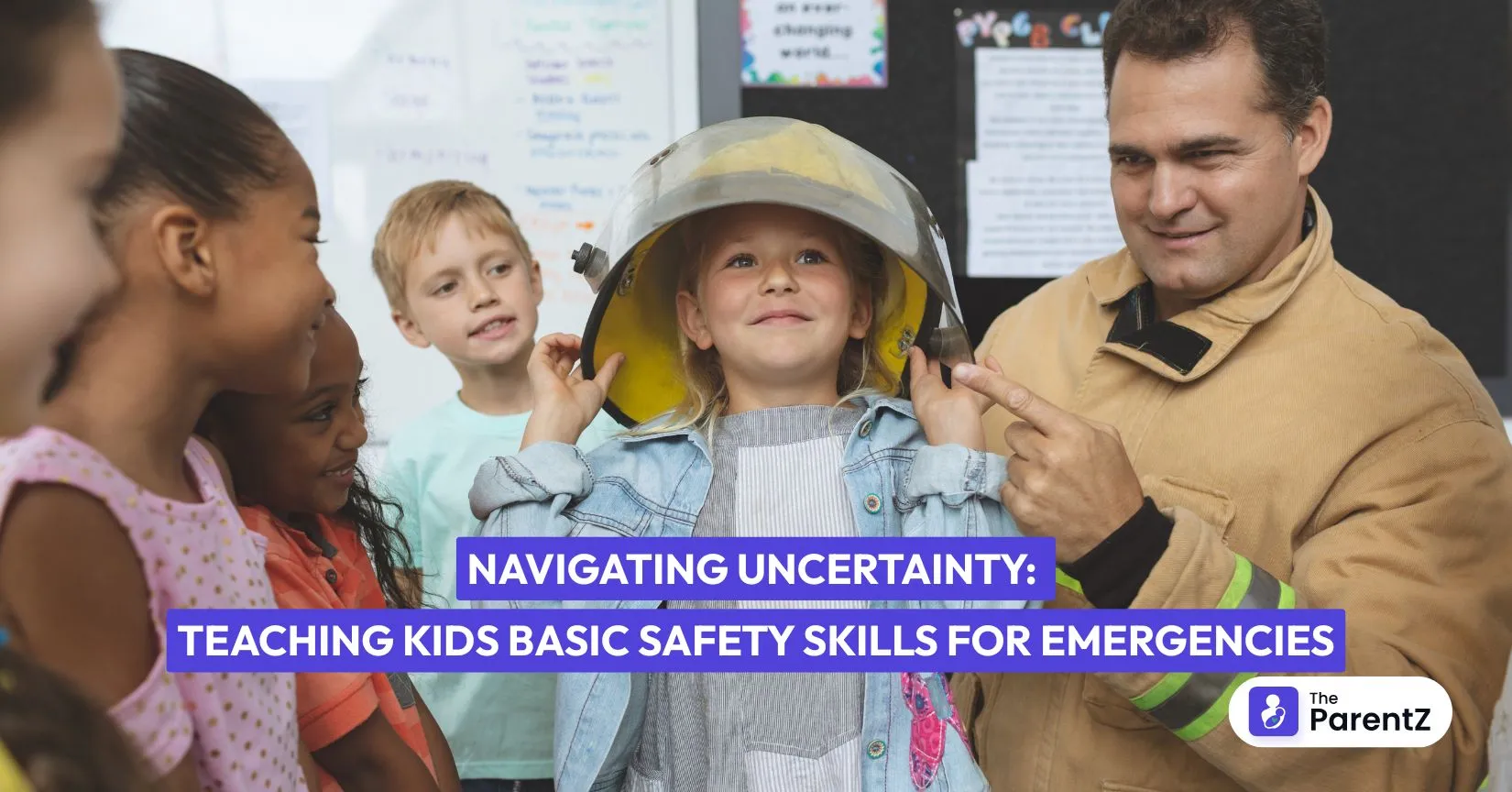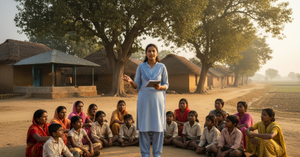As parents and caregivers, we want to protect our children from every possible harm. But the reality is, we can't be with them every second of every day. That's why teaching kids basic safety skills for emergencies isn't just helpful—it's essential. Let's explore how we can prepare our little ones for unexpected situations while keeping their confidence high and fear low.
Start with the Basics: Personal Information
It's surprising how many kids don't know their full name, address, or their parents' phone numbers. These simple pieces of information can be lifesavers in an emergency.
Try turning this learning into a game! Create a catchy song with your address and phone number, or practice writing it down together. For younger children, consider a bracelet with your contact information or a card in their backpack. Just make sure they know it's there and when to use it.
The Power of Emergency Numbers
Every child should know when and how to call the emergency number (911 for the US, 112 for India). Be clear about what constitutes an emergency—someone being hurt badly, a fire, or if they're lost and scared. Role-play different scenarios so they understand when this powerful number should be used.
A common mistake? Kids often think they'll get in trouble for calling these numbers. Reassure them that it's always better to call if they're genuinely worried, even if it turns out not to be an emergency.
Fire Safety Fundamentals
"Stop, drop, and roll" is a classic for a reason! Practice this regularly, but also teach your kids:
- How to recognize the sound of smoke alarms
- Multiple escape routes from your home
- A designated meeting place outside
- That they should never hide during a fire
- Not to go back inside for toys or pets
One thing we often overlook is practicing these drills in the dark or with our eyes closed. Smoke can make it impossible to see, so being familiar with the feel of your escape route matters.
Safety with Strangers
The "stranger danger" concept is actually outdated. Instead, teach your children about "tricky people"—those who might ask a child for help, offer unexpected treats, or try to get them alone.
Role-play responses to common scenarios:
- What to do if someone offers them candy or a toy
- How to respond if someone says, "Your mom sent me to pick you up."
- When it's okay to say "no" to an adult
A crucial point many parents miss: remind kids that most adults will ask other adults for help, not children. If an adult is asking them for help finding a lost pet or carrying something, that's a red flag.
Simple First Aid
Even young children can learn basic first aid concepts:
- How to wash a cut and apply a bandage
- When to get an adult for more serious injuries
- The importance of not moving someone who's had a bad fall
A tip from experience: teach kids the difference between a "small hurt" they can handle themselves and a "big hurt" that needs grown-up help.
Weather Emergency Preparedness
Depending on where you live, your children should understand the specific weather threats in your area:
- Where to go during a tornado warning
- What to do during an earthquake
- How to stay warm if lost in cold weather
- The dangers of flooding or lightning
Create a family emergency kit together and explain each item's purpose. This makes the concept less scary and more empowering.
Practical Tips for Teaching Safety Skills
- Keep it age-appropriate. A 4-year-old needs different information than a 10-year-old.
- Use positive language. Focus on what they CAN do rather than scary things that MIGHT happen.
- Practice regularly. Safety skills are like muscles—they need exercise!
- Use resources. Books, videos, and community safety workshops can reinforce your teachings.
- Celebrate their knowledge. Praise them when they remember safety rules or handle minor situations well.
Conclusion
Teaching kids about emergencies isn't about scaring them—it's about empowering them. When children understand what to do in scary situations, they actually feel more secure, not less.
Remember, the goal isn't perfect recall of every safety rule. It's giving them the confidence to think clearly and take appropriate action when the unexpected happens.








Be the first one to comment on this story.